In the span of a 20-year career, Shaniqwa Jarvis has established her voice as a culture-defining photographer. Emerging from the world of music and fashion editorials, she’s become a trusted portraitist for the world’s most famous individuals, capturing iconic images of larger-than-life public figures like Serena Williams and former President Barack Obama.
Sleep to Dream, a new exhibition at SN37 Gallery on view through October 16th, focuses on a more intimate body of work: the first showing of Shaniqwa’s personal photographs in her hometown of New York City. This collection of 17 chromogenic prints (c-prints) includes images dating back to the late-90s. Quiet and dream-like, they were provoked by gut feelings during her travels around the world, from Mexico City and Venice, to Iceland, Costa Rica and Puerto Rico. Weaving abstractions, landscapes, and hazy moments intentionally shot out of focus, the show reflects creative choices and intuitions that complicate what viewers might expect from her commercial work.
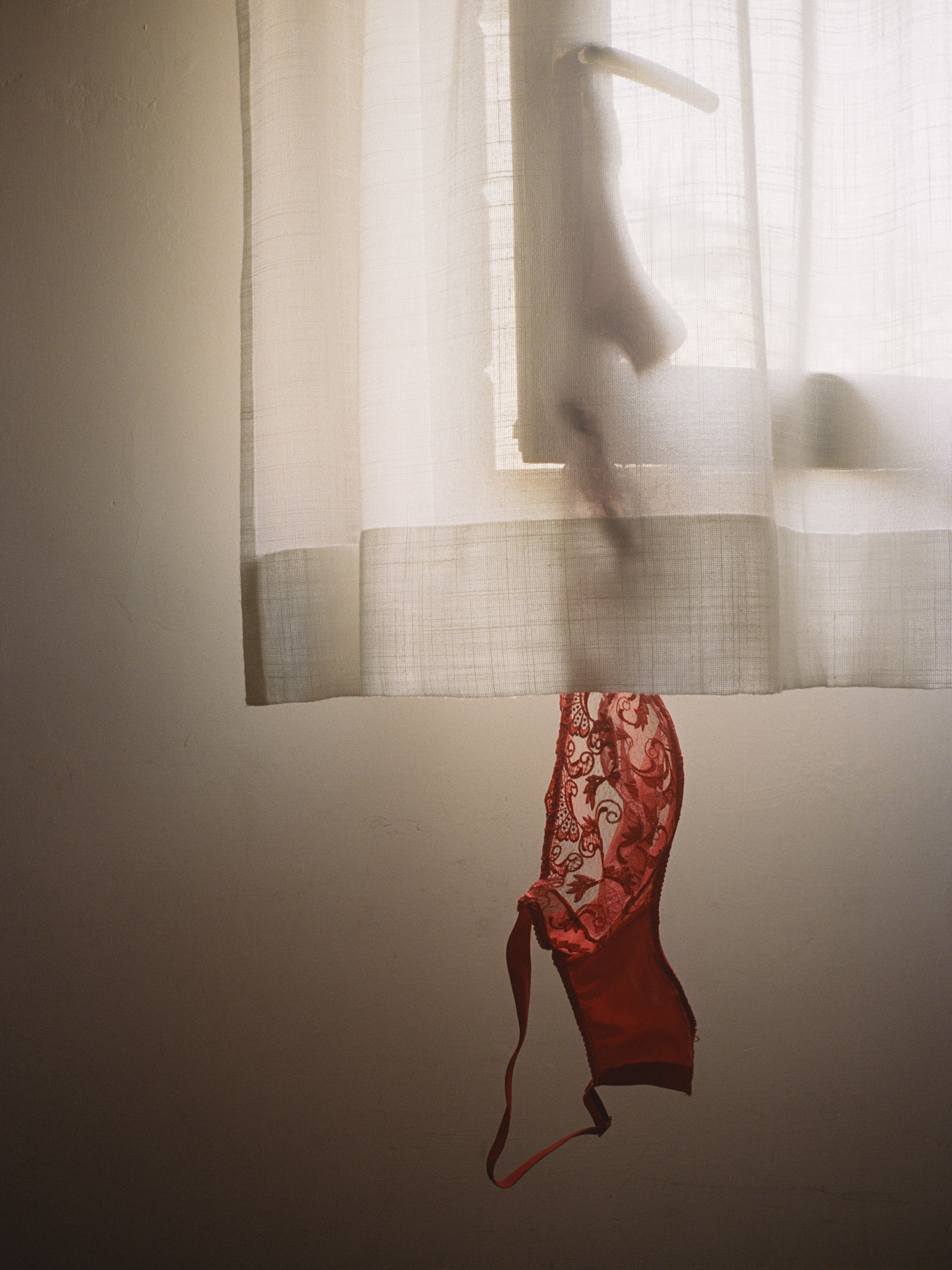
Ahead of the exhibition’s opening, we spoke to the photographer about dreams, how memory transforms into imagination and trusting one’s gut.
How did this exhibition come together?
This work has been happening since I picked up a camera as a small child. I think that this work came from the specific space in my head where I wasn’t being of service to anyone. I wasn’t performing any sort of labor or doing commercial work. It was this place where I was allowed to look harder. You know, that’s always what I say about photography to people when people are talking about it and they are like “Oh I didn’t really understand that.” Well, you have to look harder. You really have to hone in on that which you’re viewing. I feel the same way when I’m photographing things.
One of the concepts that I’ve been figuring out for personal work, and going back and forth with, has to do with memory. You know, and there’s another personal project I’m in the midst of — it’s all based around memory and my dealings with my parents. They both were intrinsic to me being a photographer. I constantly think about memories of photographs that they’ve taken that I used to look at as a kid, and also memories of them.
[For] this work, when I was starting to look at things and pulling images, I was like, oh man — a lot of these images have to do with these things where I’m there but maybe not there. They’re almost like déjà vu. You know, they’re kind of these notes of me connecting to this deeper place. Am I really guiding, pressing the button? Or is this coming from my ancestors, or coming from my dad who’s passed on?
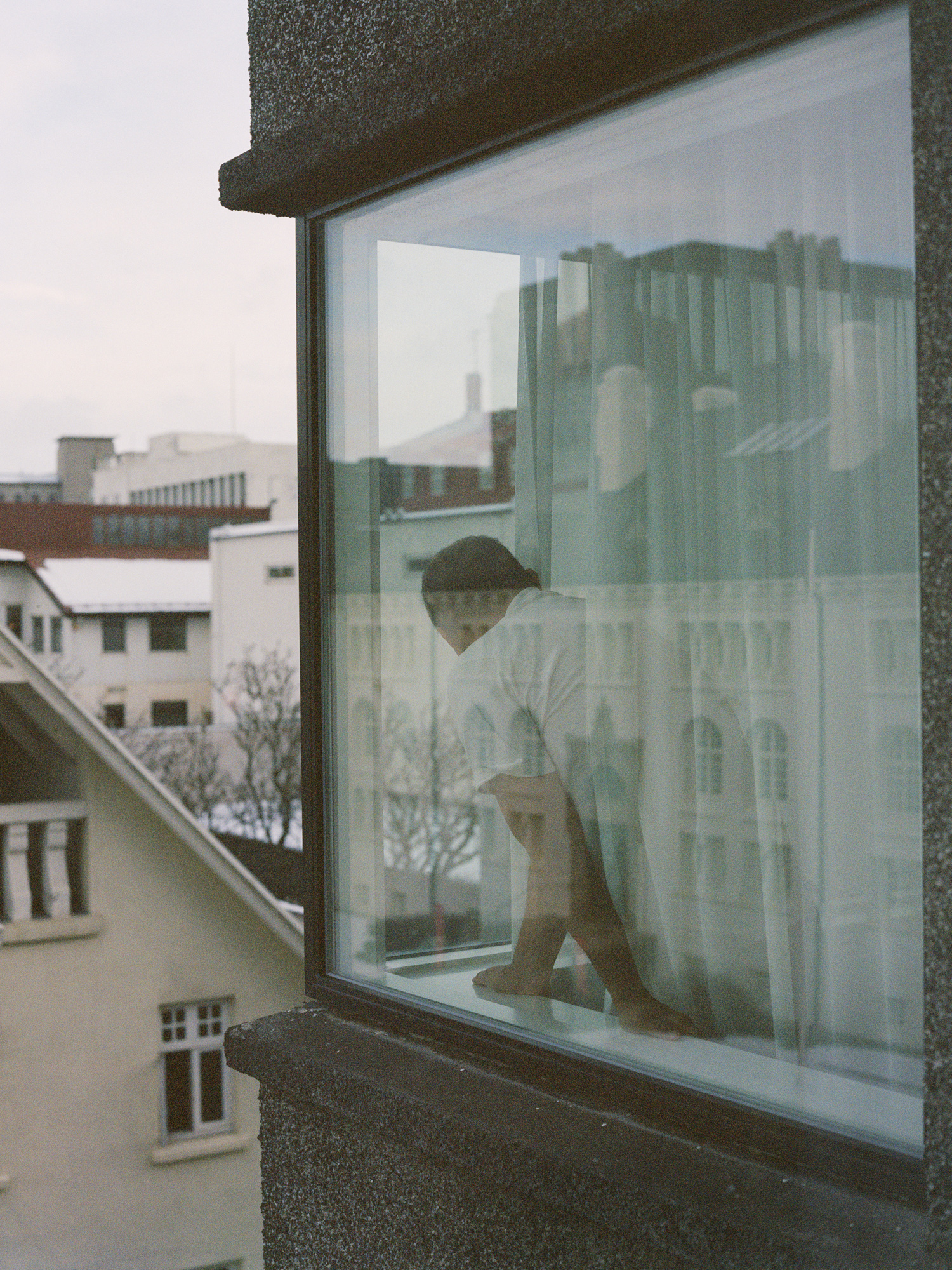
It feels like looking at a photo album in some ways. Does this work feel spiritually driven yo you?
Speaking as a Pisces, speaking as someone who believes all of the things that happened before me are a part of me, I would say it does have a spiritual meaning. The first thing I thought of was when I’m being guided.
I think it was about, “Have I been in this place before? Is this a memory?” Or, as memory passes it just then becomes imagination. I think spirituality plays a huge part in all of that.
Are there any images in the show that, that you’ve been holding close, or that feel sort of emblematic of this moment that you’re in creatively?
I feel like they’re all, they all kind of strike upon that. One of the earlier photographs – “Do you remember if I was here?” — I took that in like, 1999.
For that one, I was like, “I’ve been here before”… it was this deja vu moment [while taking the photo]. There’s probably like three frames that I purposely shot in a specific way. But I remember when I got the film back, my gut was right the first time.
I thought, I can’t wait until I can make this large somewhere. I love that it’s twenty-plus years later that I’m like, “It’s time to hang it now.”
There’s something about that too – not having everything to be immediate, because that doesn’t allow you to have space to think about it and have informed memories about it. Which then, pushes into your memory and fades and turns into your imagination. It becomes, “Was that real? Was that not?”
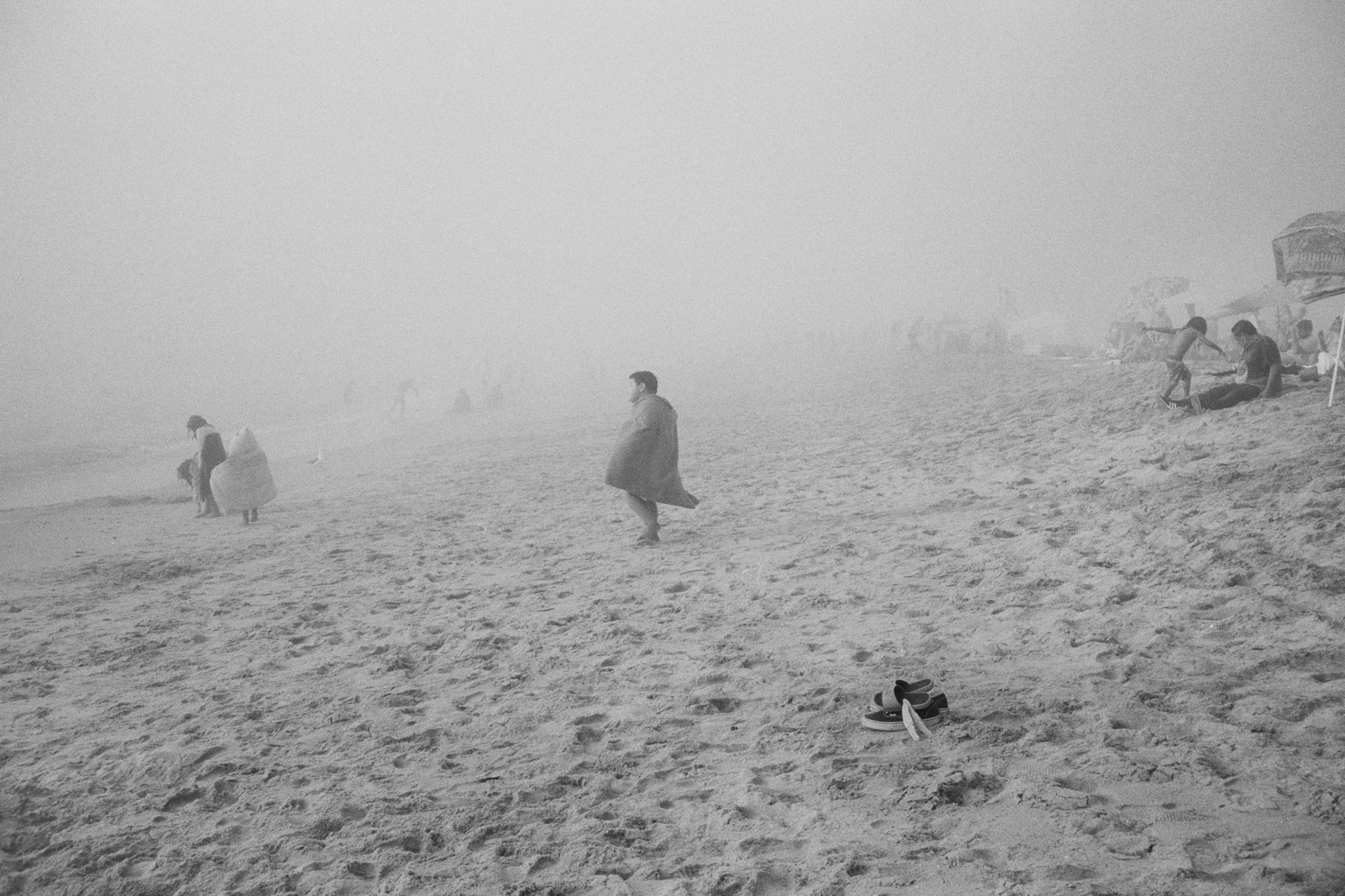
What makes you wanna take a photograph?
Half the time it’s about what I see, like something the light’s hitting or the way that person looks. But most of the time I think it’s more about me: like “Oh, that reminds me of a friend, reminds me of a time, that’s how I feel.”
Within this show there’s no portraiture. There are few people, but you know, we can’t really see them, their faces. Within each of these moments it was like, “This is a beautiful moment. This is a beautiful time. I’d really like to remember this.” A lot of the photographs I take are of something that I’ve seen before in this realm.

Tell me more about the decision to paint the walls black at the gallery, and how that will work.
You step into my head, step into my brain, step into the way I’m creating these works.
I always say that with my photography, I want you to see it the way that I do. Taking away the white walls and not making it feel so clinical. I think paving the walls black really for me was about giving it a vibe and mood and also inviting viewers to step into you a calmer space.
When you sleep, you push your eyes and it goes black, right? That’s what you see first. So however your dreams come to you, however images come to you, that’s how it’ll be when you walk into that space.
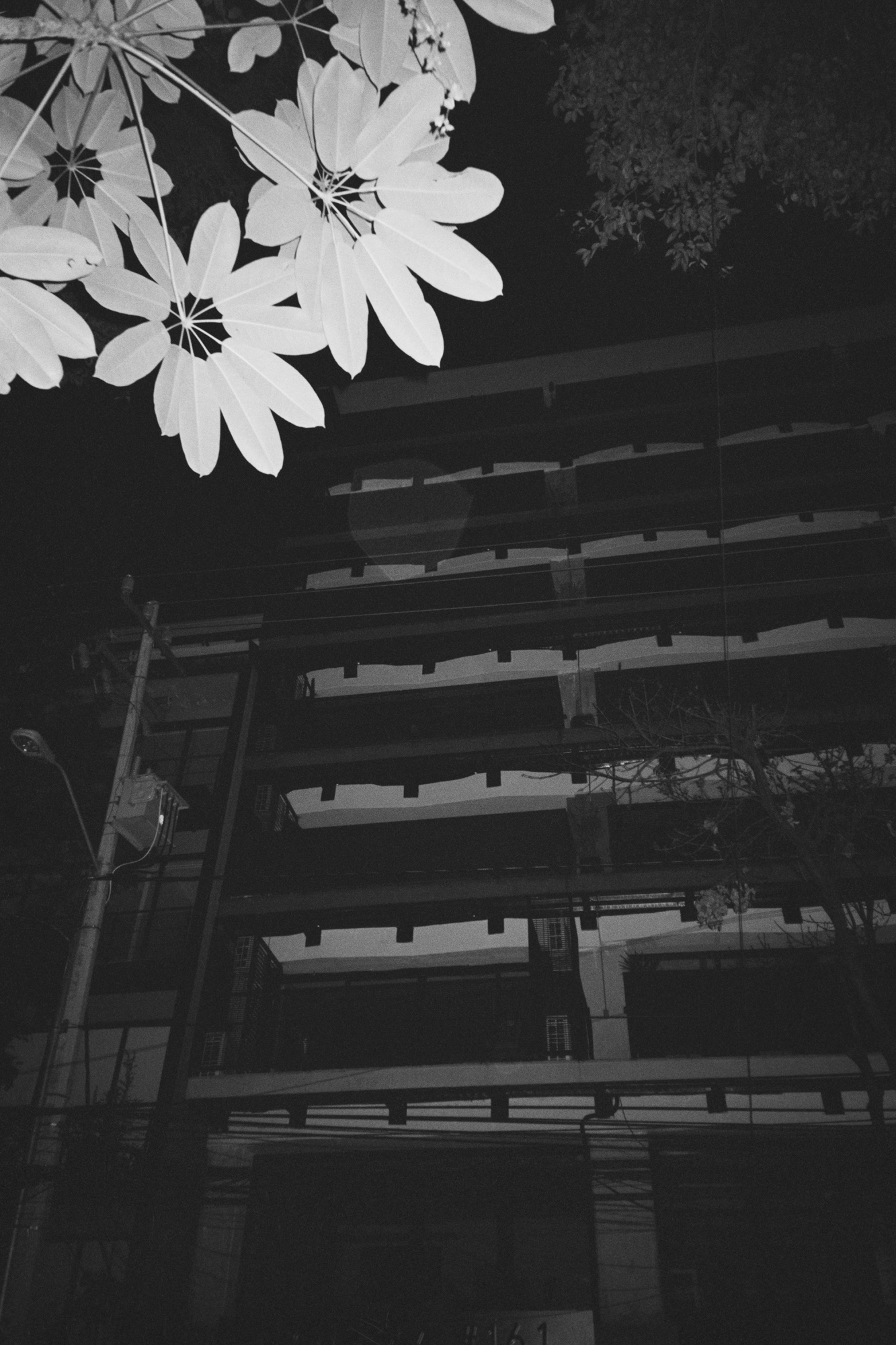
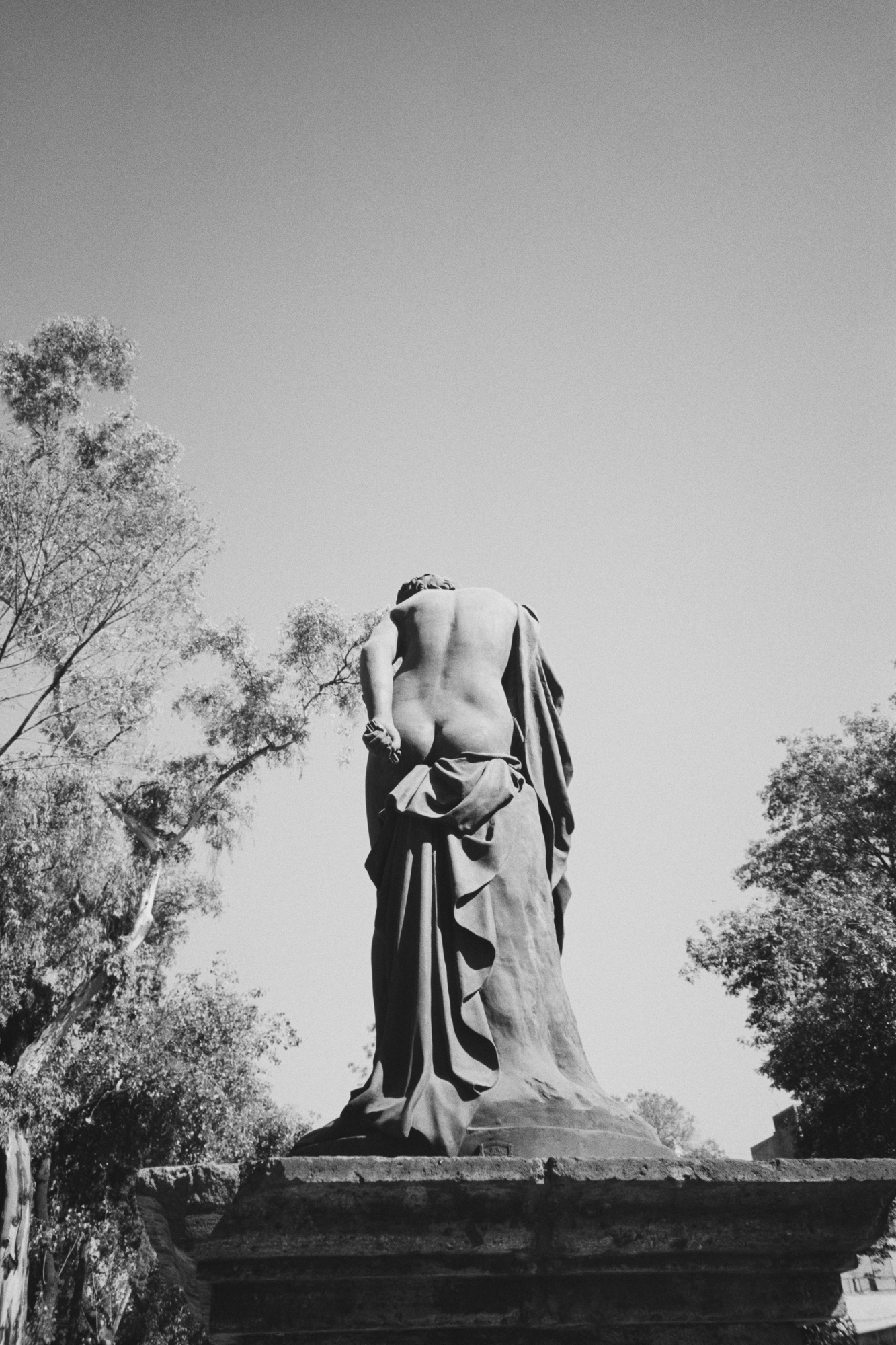
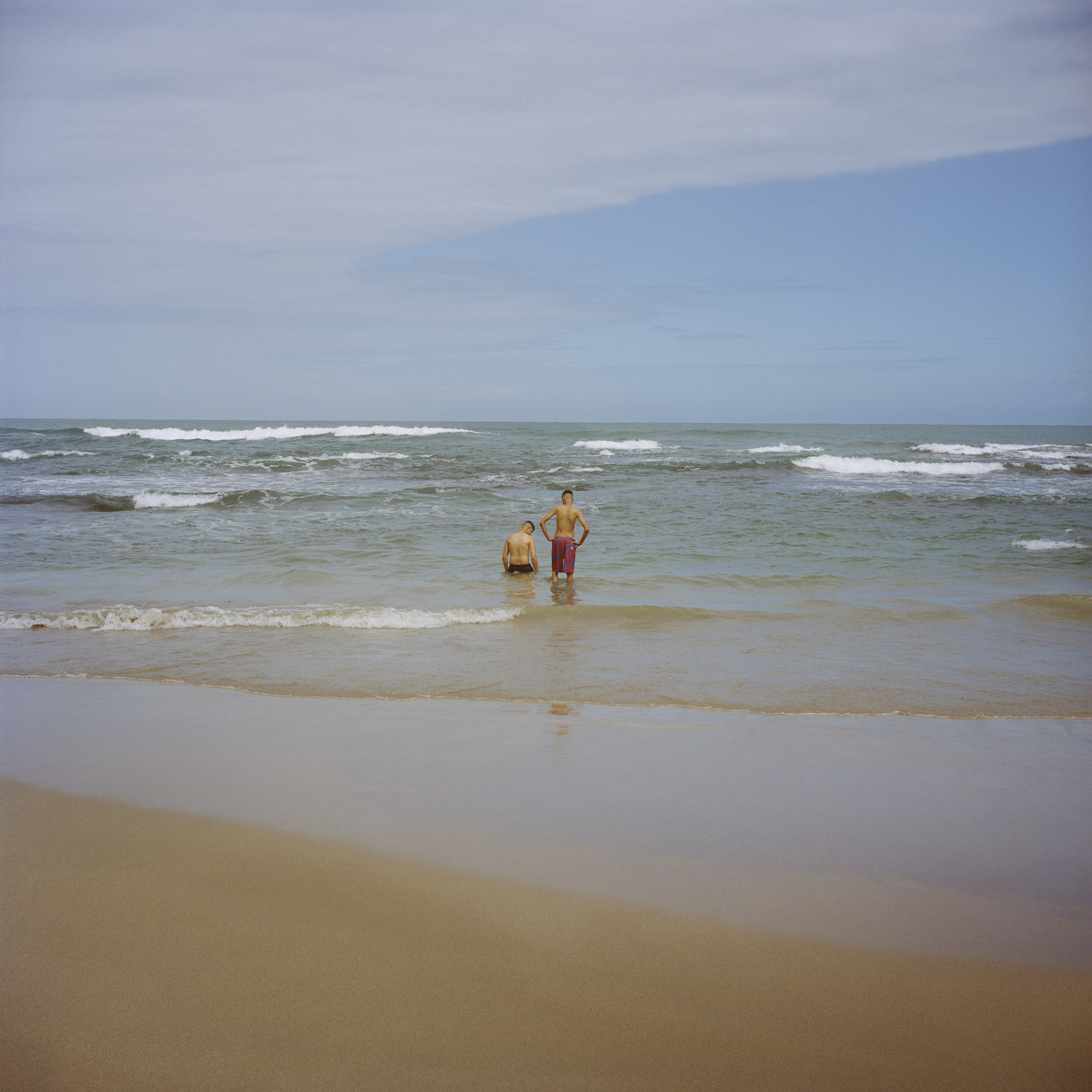

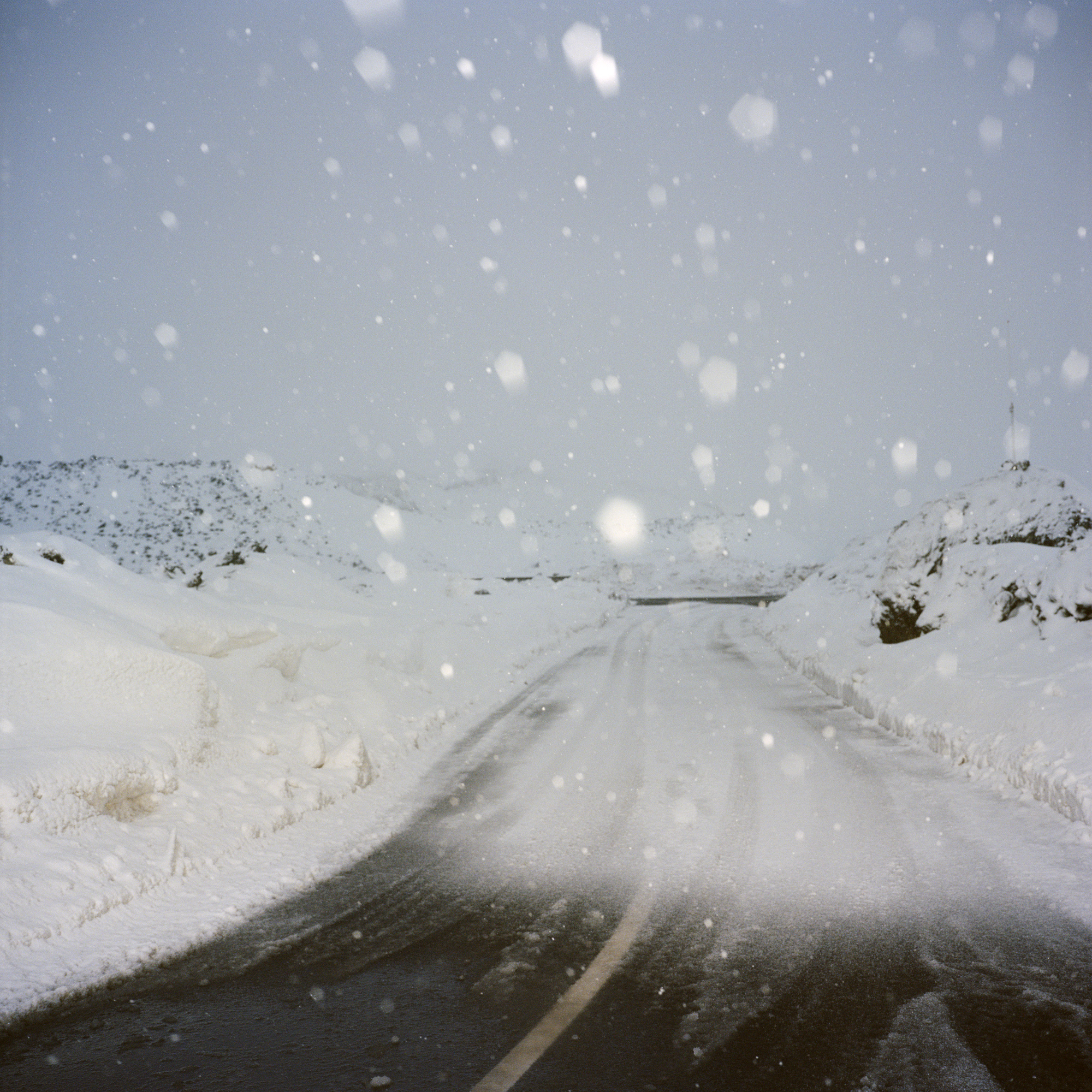
Credits
Photography Shaniqwa Jarvis
